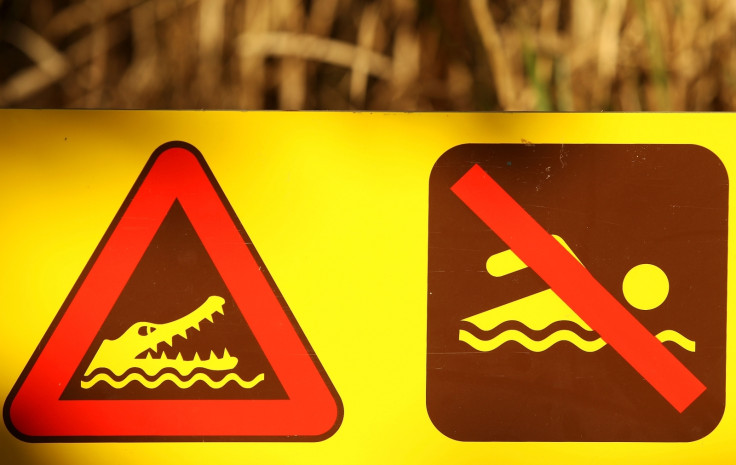Could drones save Australians from the crocodile menace?
Crocodiles attack about two people every year.

Beaches in Australia's north east will now be monitored by drones to help protect swimmers from local crocodiles.
A four-day trial has kicked off to monitor a four-mile beach at Port Douglas, a popular tourist hotspot, after sightings of dangerous salt-water crocodiles rose. If successful, the programme could become permanent.
Speaking to the Australian Broadcasting Corporation (ABC), lifesaving operations coordinator Jason Argent said crocodile sightings in swimming areas were becoming more frequent. "People look to the red and yellow flags as a safe place to swim and putting a drone in the sky is giving them that extra bit of comfort," Argent said.
"Crocodiles swim differently to sharks and whales and dolphins and they even have a different appearance in the water. We went to [wildlife park] Hartley's Crocodile Adventures to allow us to film crocodile in their natural habitats. When we are flying the drone over stinger enclosures and at sea, you'll actually be able to see a box appear on the screen, which will alert the pilot."
The drones will cost about $30,000 (£22,600) each and will require a Civil Aviation Safety Authority trained pilot to operate them. If successful, Surf Lifesaving Queensland will lobby the Queensland State Government for at least three more drones in the next six months.



North Queensland regional manager of surf lifesaving Rob Davidson told the Cairns Post he backed the program. "The drones are not going to take away from our current service, they're going to enhance it," Davidson said. "Number one, we need funding. We are a major tourist mecca, people come here top be in paradise, we want them to be safe."
Around two people are attacked by crocodiles each year in Australia. While attacks have increased over the last four decades, overall fatalities have dropped by almost 30%.






















